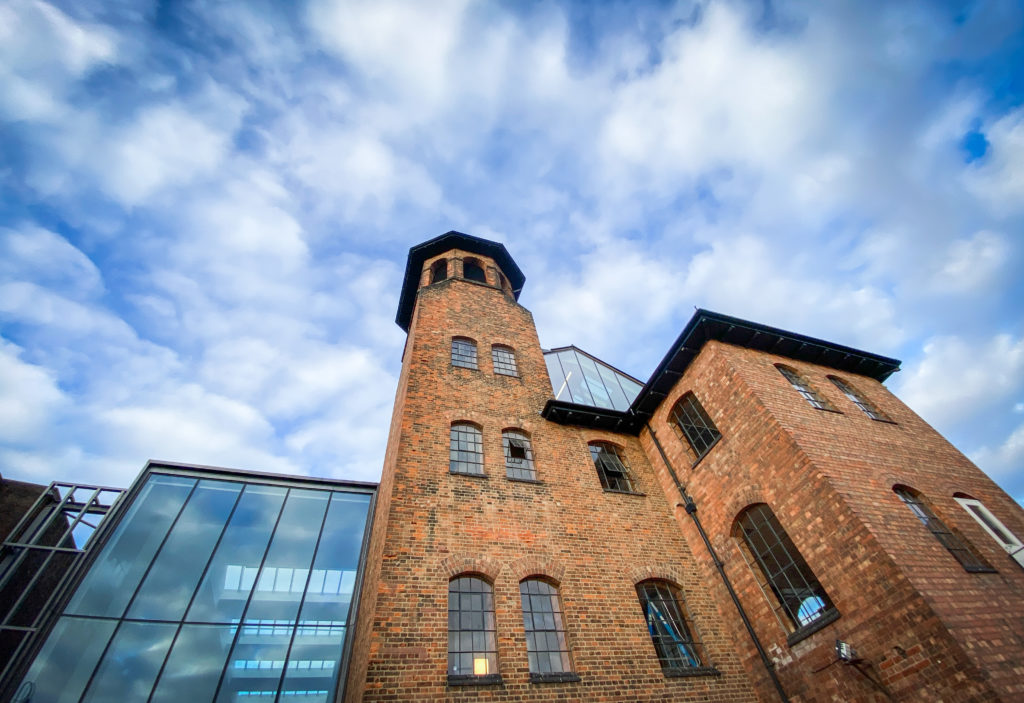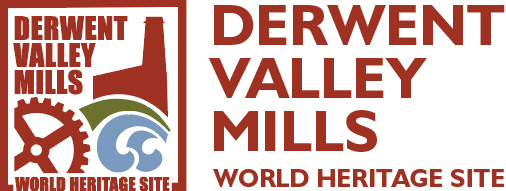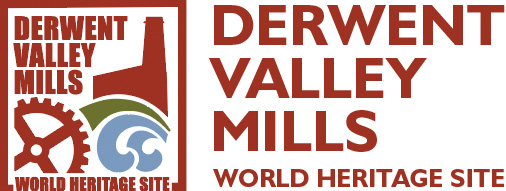The Museum of Making at the Silk Mill

From the First Factory at The Silk Mill to the Museum of Making
The Silk Mill is the southern gateway to the Derwent Valley Mills World Heritage Site. Situated in the centre of Derby, The Silk Mill has undergone a major redevelopment programme and has been reborn as The Museum of Making at Derby Silk Mill.
The new museum sits on a site of global significance within the Derwent Valley Mills UNESCO World Heritage Site, where Derby Silk Mill first stood 300 years ago. It has been developed and will be operated by Derby Museums, which secured major grant funding from The National Lottery Heritage Fund, Arts Council England, D2N2 Local Enterprise Partnership and Derby City Council. Significant support has also been received from Rolls-Royce and a range of charitable trusts and foundations.
The Museum of Making showcases a 300-year history of innovation, design and manufacturing in Derby. It also sets the context for the ‘valley that changed the world’ with the birth of the modern factory system along the River Derwent, which helped kickstart the Industrial Revolution, transforming the region into a worldwide economic powerhouse.
As well as telling the stories of Derby’s impressive past, the beating heart of the museum is a new workshop full of specialist equipment and skilled staff who are on hand to support modern makers. The Covid-19 lockdowns sparked a renewed interest in, and love for, making. With programmes like The Repair Shop growing in popularity, the museum aims to harness the nation’s newfound passion for making, encouraging visitors to get creative and inspiring the next generation of innovators.
What makes it special?
- The Silk Mill of John and Thomas Lombe was one of the world’s first factories.
- The silk throwing machines in this building were based on machines studied by John Lombe in Italy – the designs of these were copied and smuggled to England in an early example of industrial espionage.
- The layout of the mills, with a large number of people in two buildings doing a number of processes, was the prototype for the modern factory and was a model for the later textile mills built for Arkwright and partners 50 years later.
What is there to see and do?
- Although much of the original mill was lost in a fire, the foundation arches of the Lombe mill can still be seen next to the river, as can the restored tower, and the Grade 1 listed Bakewell Gates. These have stood proudly at the front of Derby Silk Mill since 1725.
- The Civic Hall – a triple height glass atrium forms the entrance to the new museum which houses the impressive seven-tonne Rolls-Royce Trent 1,000 engine, suspended from the ceiling.
- A gallery setting the historical context of the Silk Mill within the World Heritage Site.
- A vast collection of artefacts – there are no ‘behind the scenes’ areas – grouped around the materials from which they are predominantly made – wood, metal, ceramic, glass, stone, textile, synthetic or organic.
- A new gallery space for hosting touring exhibitions.
- New workshops, facilities and support for modern makers, from high-tech to traditional skills.
- The River Kitchen, which will showcase the work of talented local makers, creators and designers
- The mill’s riverside location lies at the heart of Derby, close to cycle and walking routes to Darley Abbey and beyond.

